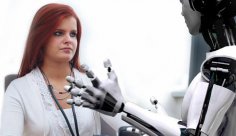
Associate Professor Mojtaba Abdi-Jalebi and PhD student Siming Huang with their solar cell panels, optimised for indoor lighting. (Image credit: University College London, James Tai)
Thanks to advances in solar technology, a range of personal and household devices may one day be able to operate without batteries.
These new solar cells are capable of harvesting energy from indoor lighting. The researchers said the discovery has broad applications and could allow consumers to power devices such as keyboards, alarm clocks and sensors using only ambient light in the room.
In a study published April 30 in the journal Advanced Functional Materials, researchers used perovskite to collect light in solar cells. The material is already used in other solar cells and has distinct advantages over traditional silicon solar panels. Specifically, perovskite absorbs lower-power scattered light more efficiently than traditional methods, making it ideal for indoor use, according to the study.
You may like
-

Tiny devices powered by sunlight could explore a mysterious region of Earth's atmosphere.
-

MIT's High-Tech 'Bubble Wrap' Turns Air Into Safe Drinking Water — Even in Death Valley
-
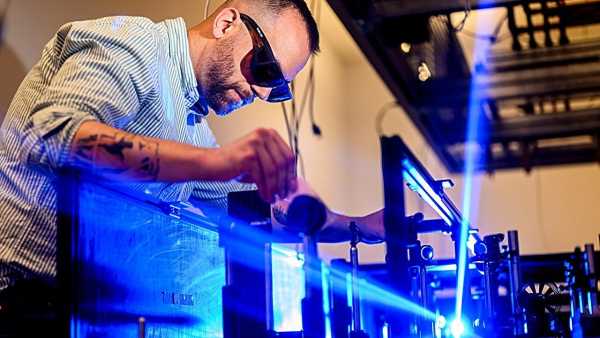
Quantum materials with 'hidden metallic state' could make electronics 1,000 times faster
Scientists have found that new perovskite cells are six times more efficient than silicon solar cells.
“In the long term, perovskite solar cells represent a more sustainable and cost-effective alternative to batteries,” said study co-author Mojtaba Abdi Jalebi, associate professor of energy materials at the Materials Discovery Institute at University College London.
“Billions of low-power devices rely on battery swapping – an unsustainable practice. This number will grow as the Internet of Things evolves,” Jalebi said.
Currently, solar cells that harness energy from indoor lighting are expensive and inefficient. Our specially designed indoor perovskite solar cells can harvest much more energy than commercial cells and last longer than other prototypes. They pave the way for electronics powered by the ambient light that is already present in our lives.
Problems of perovskite composition
Perovskite is already becoming a popular material for use in solar panels, offering significant advantages over silicon-based materials.
However, despite the promising potential of its application, the material has a number of disadvantages regarding stability and durability.
The key factor here is the “traps” – tiny defects in the perovskite crystal structure. These traps cause electrons to get stuck in tiny cracks and cavities within the material, preventing the energy from being used.
Moreover, although traps impede the flow of electricity, they also accelerate the degradation of the material over time due to the non-linear flow of charge through the material.
To combat this, the researchers behind the new study used a combination of chemicals to reduce the volume of these defects. Specifically, they used rubidium chloride, which “promoted more uniform growth” of the perovskite crystals and reduced the density of the traps, the researchers said in a statement.
Two other chemicals, N,N-dimethyloctylammonium iodide (DMOAI) and phenylethylammonium chloride (PEACl), both organic ammonium salts, were also used to stabilize the two types of ions (iodide and bromide) and prevent them from separating. The study notes that this helped address the problem of long-term degradation of solar cell performance.
“A solar cell with these tiny defects is like a pie that has been cut into pieces. By combining different strategies, we reassembled the pie, allowing charge to flow through it more easily,” said lead author Ximing Huang, a doctoral student at UCL's Materials Discovery Institute.
Noticeable performance benefits
After studying the trap problem, the researchers found that their solar cells converted 37.6% of the light in the room into electricity. This was achieved at 1,000 lux, the equivalent of a “well-lit office,” according to the researchers.
RELATED STORIES
— An ultra-thin solar “coating” could turn phone cases and electric cars into mini electricity generators.
— Nanoparticle breakthrough could bring solar energy’s ‘Holy Grail’ closer
— New solar cell technology could do away with batteries in gadgets forever by using ambient light.
The study found that the longevity of the solar cells was also improved, with 92% of their efficiency remaining for 100 days. By comparison, a control device in which the perovskite was not altered to correct the defects retained 76% of its original efficiency.
Jalebi said the team is in discussions with industry representatives to “explore strategies for scaling and commercialization” of perovskite solar cells.
“The advantage of perovskite solar cells in particular is their low cost – they use materials that are abundant on Earth and require only simple processing. They can be printed just like newspaper,” Jalebi said.

Ross Kelly
Ross Kelly is a freelance writer for Live Science and the news and analysis editor at ITPro, where he is responsible for brand news and in-depth reporting on the latest news from the world of enterprise technology.
You must verify your public display name before commenting.
Please log out and log back in. You will then be prompted to enter a display name.
Exit Read more

Tiny devices powered by sunlight could explore a mysterious region of Earth's atmosphere.

MIT's High-Tech 'Bubble Wrap' Turns Air Into Safe Drinking Water — Even in Death Valley

Quantum materials with 'hidden metallic state' could make electronics 1,000 times faster
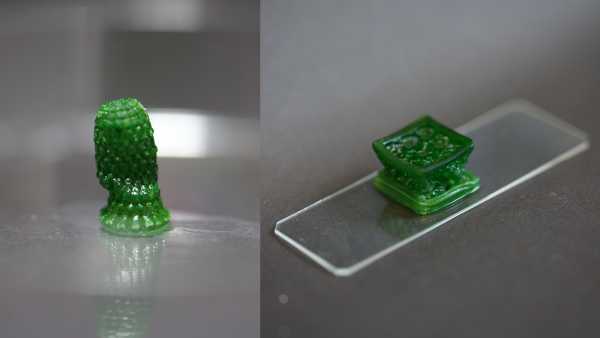
Scientists Invent Photosynthetic 'Living' Material That Sucks CO2 Out of the Atmosphere

Japan's Energy Breakthrough Could Be 'A Step Towards a Fully Wireless Society'
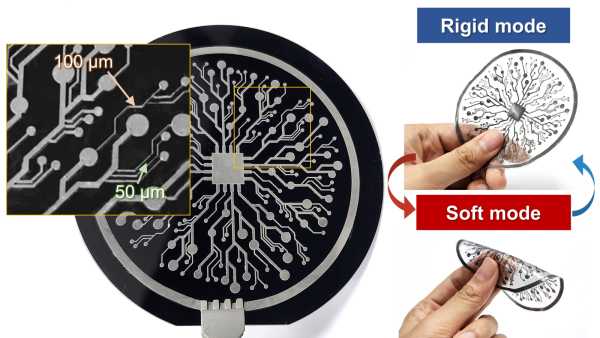
Scientists have invented a strange, shape-shifting “electronic ink” that could power a new generation of flexible gadgets. Latest Technology

Secret X37-B space plane to test quantum navigation system scientists hope will one day replace GPS

OpenAI ChatGPT Agent can take control of your PC, performing tasks on your behalf. But how does it work and what's the point?

Japan's Energy Breakthrough Could Be 'A Step Towards a Fully Wireless Society'

Robots awkwardly compete, fight and tumble at China's first World Humanoid Robot Games

China Builds Record-Breaking Floating Wind Turbine That Could Change the Face of Renewable Energy

How Artificial Intelligence Is Changing Teen Behavior in Surprising and Sinister Ways. Latest News

“This technology is possible today”: Nuclear waste could become a future energy source and expand access to rare fuel.
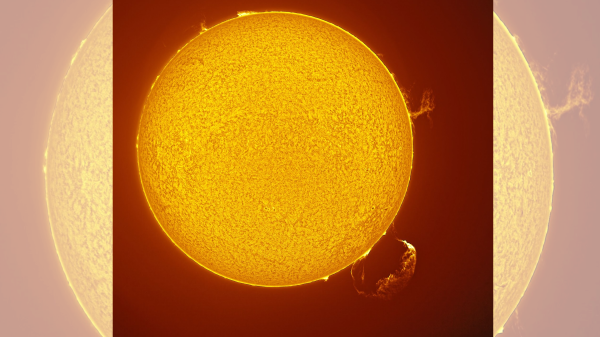
A solar tornado rages across the Sun, spewing out a giant plume of plasma.

One of the tallest trees in the world, a centuries-old Doerner fir, is burning in Oregon.

“Why Would You Even Go There?”: Readers React to Hypothetical 400-Year Journey to Alpha Centauri

Uranus Has a New Hidden Moon Discovered by the James Webb Space Telescope

The mysterious earthquake that shook Northern California in 1954 occurred in the “eerily quiet” Cascadia subduction zone. LATEST ARTICLES

1″This technology is possible today”: Nuclear waste could become a future energy source and expand access to rare fuel.
Live Science is part of Future US Inc., an international media group and leading digital publisher. Visit our corporate website.
- About Us
- Contact Future experts
- Terms and Conditions
- Privacy Policy
- Cookie Policy
- Accessibility Statement
- Advertise with us
- Web Notifications
- Career
- Editorial Standards
- How to present history to us
© Future US, Inc. Full 7th Floor, 130 West 42nd Street, New York, NY 10036.
var dfp_config = { “site_platform”: “vanilla”, “keywords”: “type-news-daily,serversidehawk,videoarticle,van-enable-adviser-
Sourse: www.livescience.com



